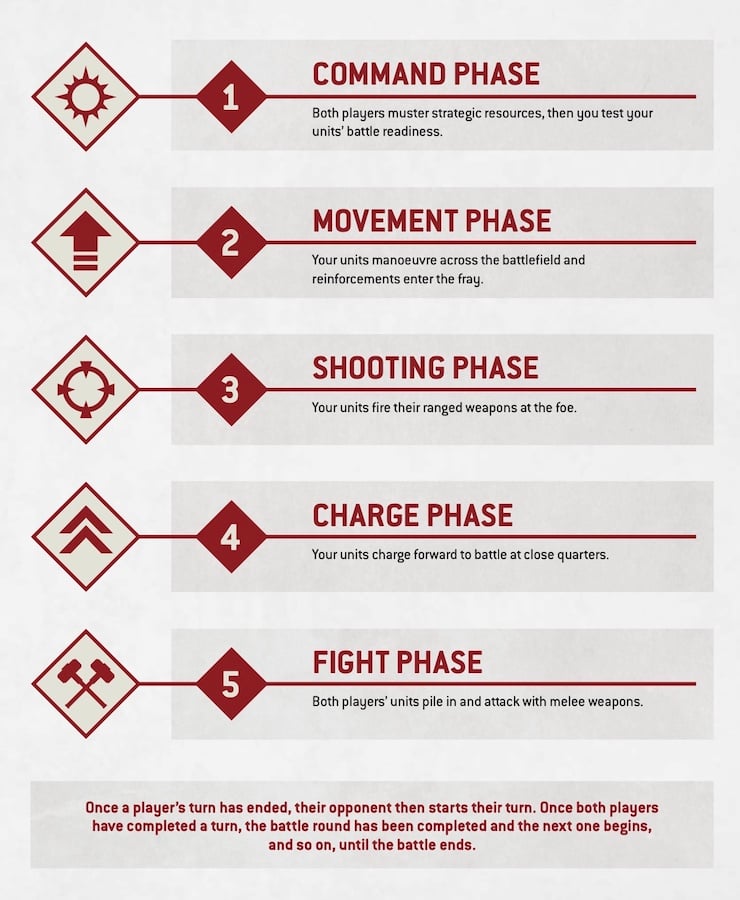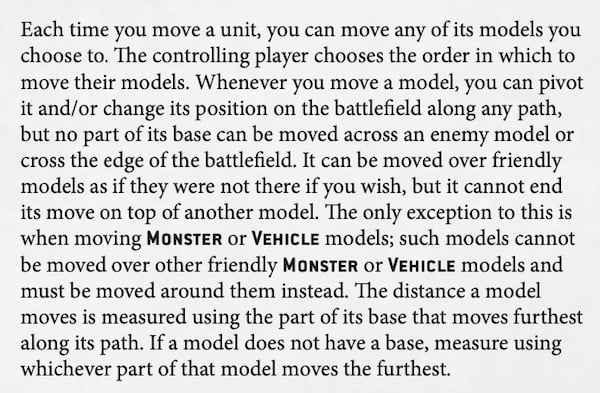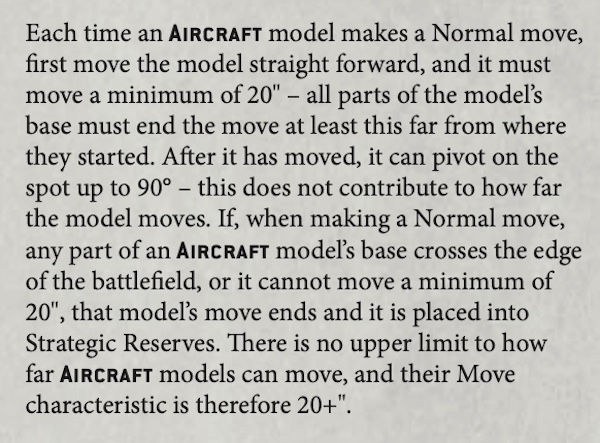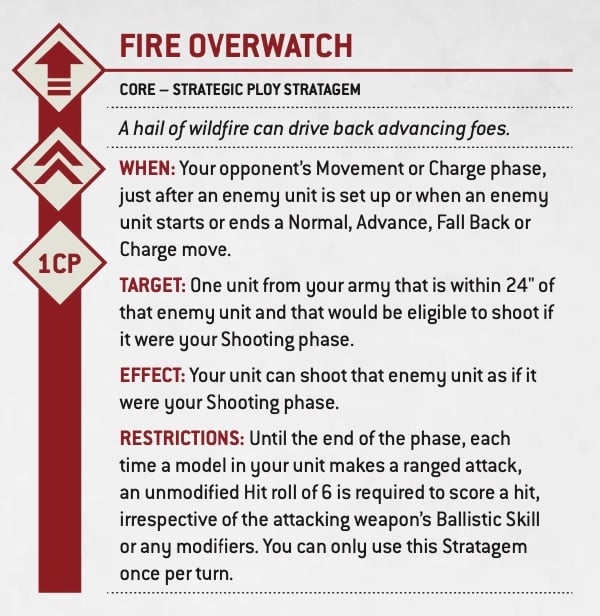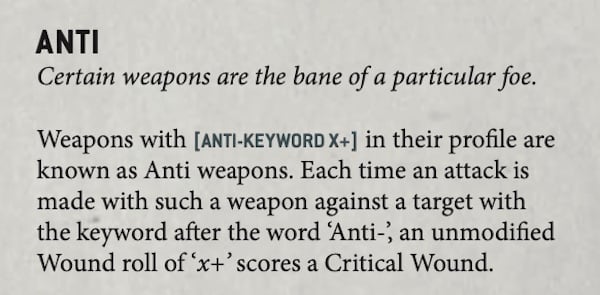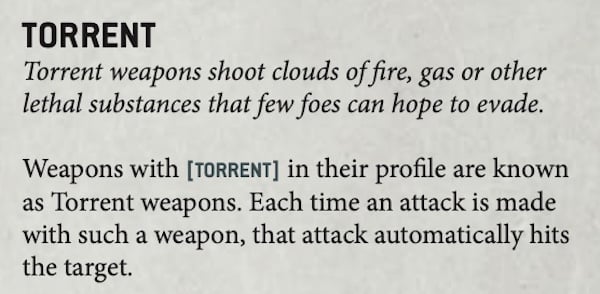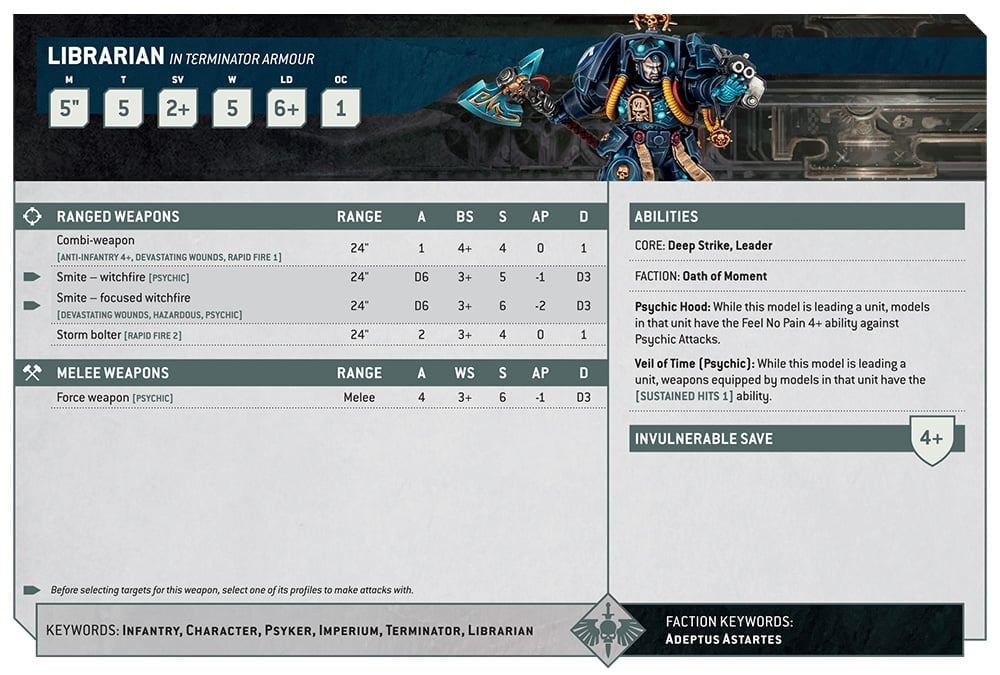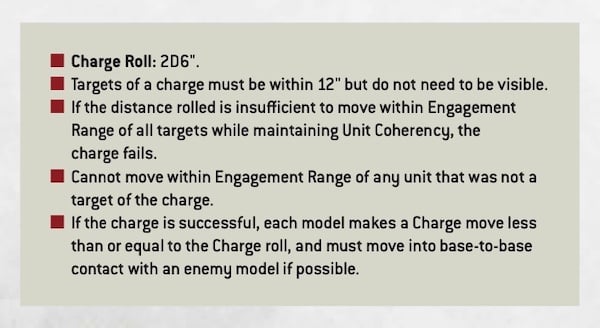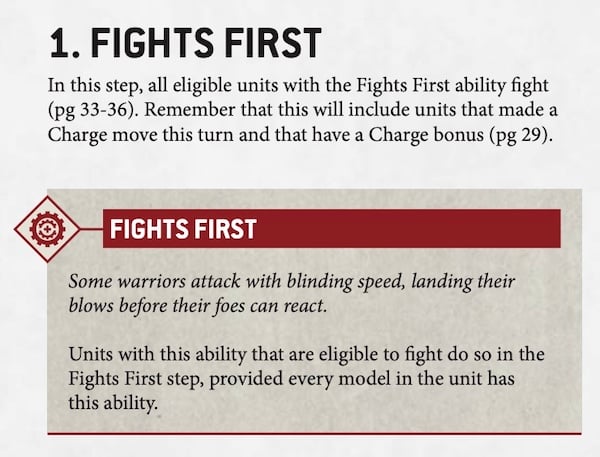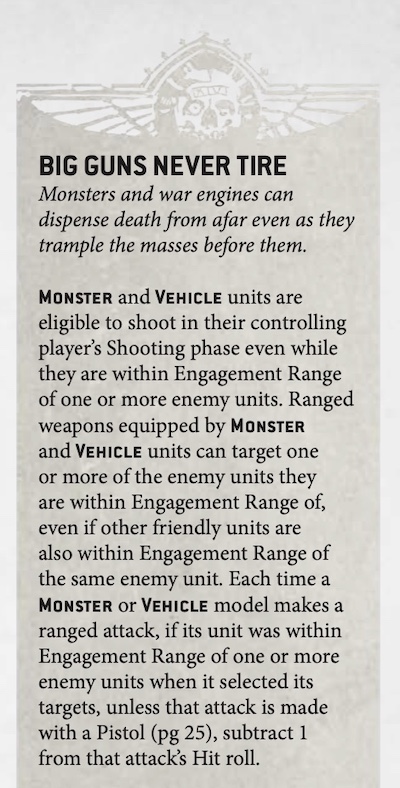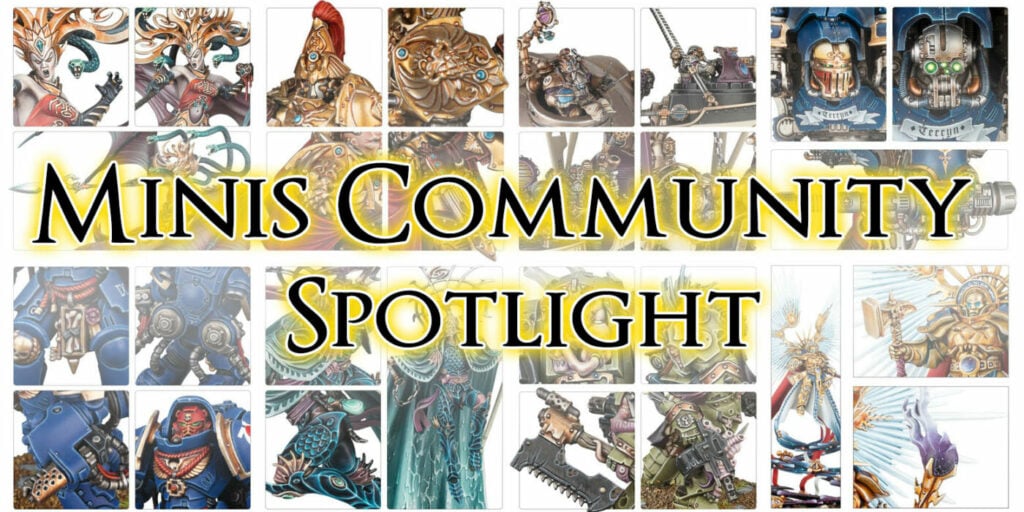10th Edition’s Biggest Warhammer 40K Rules Changes
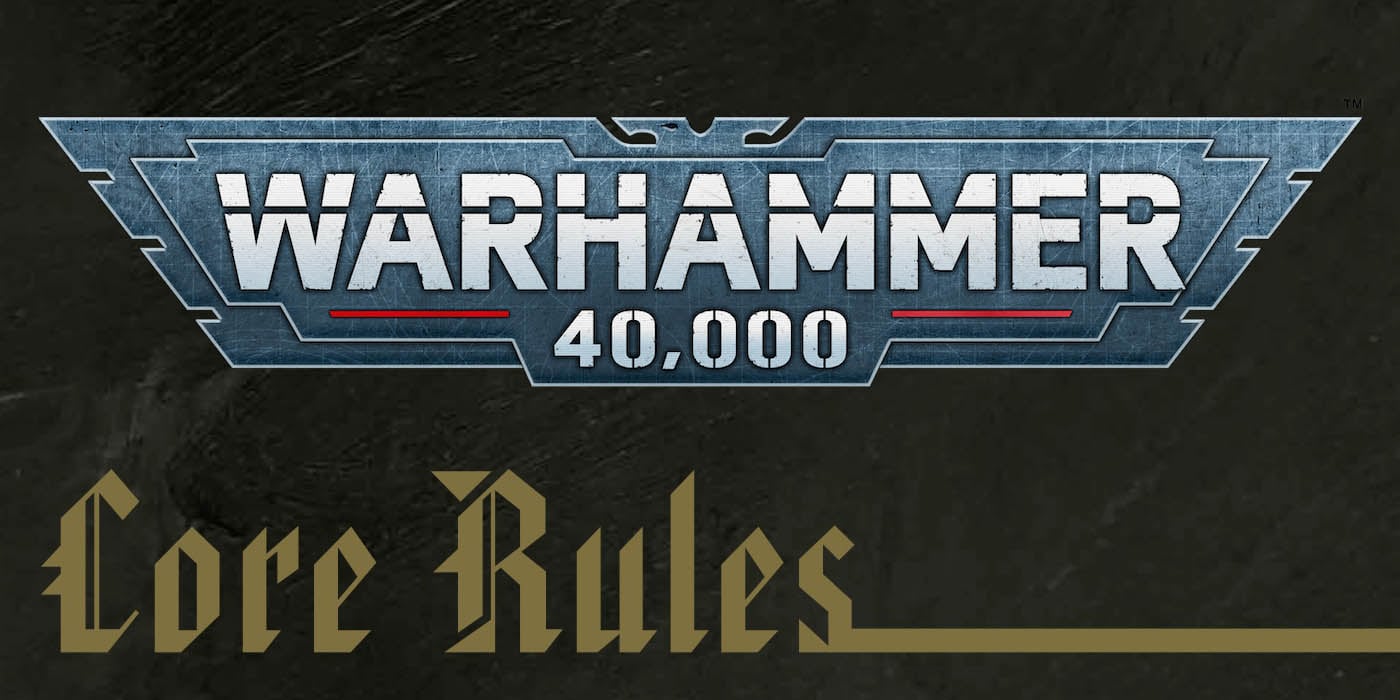
Goatboy here, and 40K 10th Edition is here! Here are the biggest Warhammer 40k rules changes every player needs to know.
Today I want to talk about some of the top new Warhammer 40K rules changes in the new edition and things to look for. There are a lot of subtle changes we have in the new edition – beyond the talk of simplification. 10th Edition’s rules feel like the Warhammer 40K we know and love with some new bits and pieces dropped in – especially how the units work.
Table of contents
Here is our handy how-to-play video to get you started. I will review units and factions in our Warhammer 40K Guides, but let’s talk about the Core Rules now.
Welcome to 10th Edition’s Turn Sequence – The Battle Round
Will start at the top and go from there with how the game cycles thru the phases. This way you can get a better feeling about how the game is the same but different. Sorta like your friend that left College and came back not a hot mess and now is more of a put together mess.
Command & Battle Shock Phases
1. Command phase and Battle Shock are a whole new shift in the game.
Battle Shock replaces the leadership checks we had in the past. A new check if your unit is below half-strength. This is a huge Warhammer 40K rules change that is attempting to put morale effects firmly back into the game. This would be less than half the models the unit started with or the single model has lost half its wounds.
This check is versus the new leadership stat. Instead of rolling below the listed number it is rolling above it. There are a lot of things that can cause Battle Shock and again the only time you get to “recheck” if you are not shocked is in the command phase. This is important as the Stratagem is only usable in your command phase.
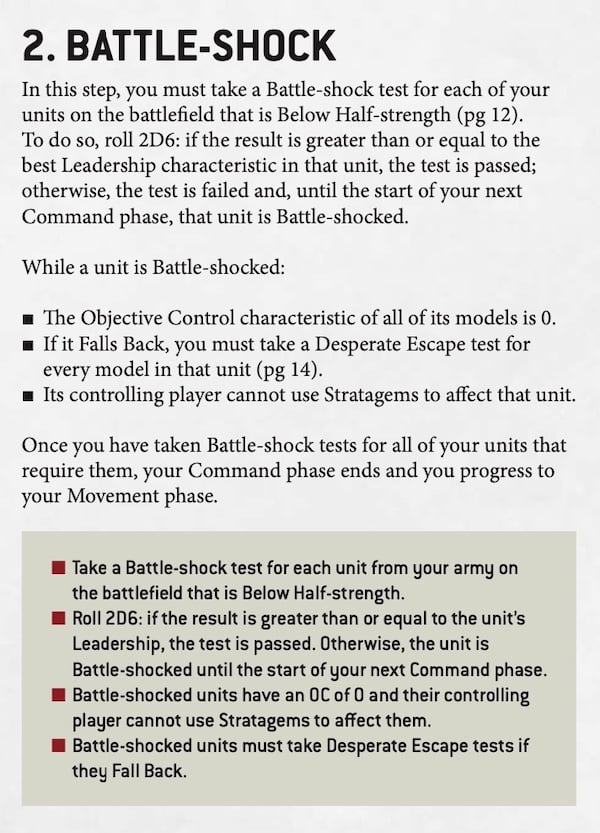
If your unit is Battle Shocked it no long has any OC value (meaning it can’t control objectives) and can no longer have Stratagems used on them. The only exception the unit can have is in their command phase, they could use Insane Bravery Stratagem to “get them back in the game”. This is important as again – you have ways to cause Battle Shock tests and turning off units ability to use Stratagems will be helpful in insuring you are not Overwatched by flamers or a unit somehow gets tougher when you are going to punch them.
2. Command Points – players begin the game with 0 and gain one per player turn.
Just having it start at 0 is a big thing and means you usually have to wait a turn or 2 before you get to do something crazy.
Movement Phase
3. The Movement phase has shifted again and become a heck of a lot more intuitive.
Your non-monster or vehicle units do you stop your model from moving over them. This is important as most players would play this way because we can quickly see if your enemy could move this way or not. Now – you just move things as you would want and can quickly rearrange your models without worrying if your infantry model can actual shift around and not “clip” one of their friendly models.
4. Aircraft can now only pivot after they move their initial movement distance.
This is important as you can easily “block” movement and force flyers off the table. At the same time, your flying vehicles have to choose if they are going to stay as a high flyer or go into hover mode – if they have that option at all. This choice remains for the entire game. It feels like GW added this big Warhammer 40k rules change to ensure flyers aren’t a problem. It feels like they nerfed flyers pretty well to deal with the lack of player interaction problem from previous Warhammer 40K editions.
5. The Overwatch stratagem allows enemies within 24” to shoot you if you move.
It is important that something has to make a first move to get shot so if you are not moving – you are not activating the ability of the opposing player to use Overwatch. Just know that if you get near a Flamer unit they are going to cover you in hot auto-hit Torrent damage. You still hit on a 6+ but of course as Torrent weapons auto-hit they create a rough little bubble. This is also why abilities to cause Battleshock tests could be useful in turning off units ability to Overwatch.
Shooting Phase
6. Weapon Keywords – there are a ton of them now.
You have Lethal Hits (Auto wounds on Critical Hits). You have Sustained Hits (exploding hits X on Critical Hits and even Devastating Wounds (Mortal wounds on Critical Wounds) and even Anti weapons (Critical Wounds versus Specific Units on X+ to wound). This allows the designers to come up with interesting weapon effect combos like things with Anti and Devastating wounds to create bursts of Mortal wound damage. There are many possibilities that were simply not possible with previous edition rules.
Indirect Fire has changed from giving you a +1 to your armor save and -1 to be hit against to just giving you the benefit of cover with a -1 to hit. I wonder how much indirect will ignore cover. We also have the changes to Blast that gives you an extra hit per 5 models in the unit. That seems easy to do and quick to figure out.
We also have the change to Hazardous which is the new Gets Hot rule that instead of causing a dead model or mortal wound on a roll of 1 to hit – it is roll all your hits and then roll one d6 per model with this type of gun. Each roll of a 1 removes a model or causes 3 Mortal Wounds to your Character, Monster, or Vehicle. This lets you have Hazerdous guns shoot a ton and seem worth it say you only need to roll once per Model.
7. Some Particularly Potent Keywords to remember.
Oh we got event more Weapon Keywords too with Torrent (old auto hitting flamer like weapons), Twin Linked (reroll to wound), Heavy (If you didn’t move +1 to your hit), and even Precision (able to target Characters in units). The Precision rule feels a bit weird as it only lets you target Characters and not wargear toting models in units. Keep a sharp lookout for weapons with these abilities.
8. Characters can join units now (again).
The weird thing in all of this is how Keywords seem to go to the whole unit if you join them. This could be especially spicy if you join say an Infantry unit to some kind of Vehicle/MC options and then someone’s Anti Infantry hits start to wreck all those machines. I don’t know if that is the designer’s intention? It could be a balancing rule-mechanic to deal with combos such as little dudes joining something mechanical.
9. The Psychic Phase is now gone.
All those previous psychic abilities have been replace with passive effects characters create for units. Otheres are now shooting attacks that some can overcharge if they want to risk taking damage. This is pretty huge Warhammer 40K rules change and helps shift 10th Edition to a faster playing game than before. Also it means things like Psychic Feel-No-Pain (FNP) and other options become important especially if they have some weapon keywords.
Charge & Fight Phase
10. The Charge Phase is much more more intuitive.
Now you need to roll your charge, get within 1 inch to engage or touch the model if you can. Only models that are touching the unit or touching a model that is touching a unit get to attack. This feels like how new players play as the idea of keeping a space between your units as you found ways to shift around was something hard to digest. As with all editions of 40K, there are some charging tactics that could cause issues. Players might try to not roll high and perhaps try to position their models to increase or decrease melee engagement frontage.
11. Fight Phase is mostly the same – Chargers gain the Fight First ability.
Fight First abilities go off first and then regular combats – with the players who turn it is not currently starting first. This feels exactly the same as 9th, with a much cleaner rule mechanic to cover all the oddball melee abilities we had stacking issues with from previous editions.
12. In Melee, models can hit anything, not only models in engagement range.
If you can successfully charge another unit you can punch them. Models in the back are no longer safe. This could give you some really interesting methods of overshooting the enemy as you shift models around and try to touch as much as you can.
13. The Big Guns Never Tire rule allows shooting at Monsters and Vehicles locked in combat.
They also can shoot things while being locked in combat. All at the cost of being -1 to hit. They can also shoot at units that are locked in combat with other units. This means tanks and monsters can always shoot but you can shoot them back. Blast weapons still cannot shoot at things in engagement range, so there is a way to keep them from getting murdered by blasts.
Core Rules
There are a ton more things and this just barely scratches the surface of Warhammer 40k rules changes in the main 10th Edition rulebook. GW really worked hard on solving shooting and other issues with 9th Edition. Clearly a lot of design effort went into making the core rules accessible for new players. They a really want 40K 10th Edition to dominate the tabletop scene and continue being the Juggernaut of tabletop wargaming for the next few years. Look for a lot more in-depth discussion about armies, units, and other fun things in the coming days as we get to dig in the new edition.
Happy 40K 10th Edition gaming!

